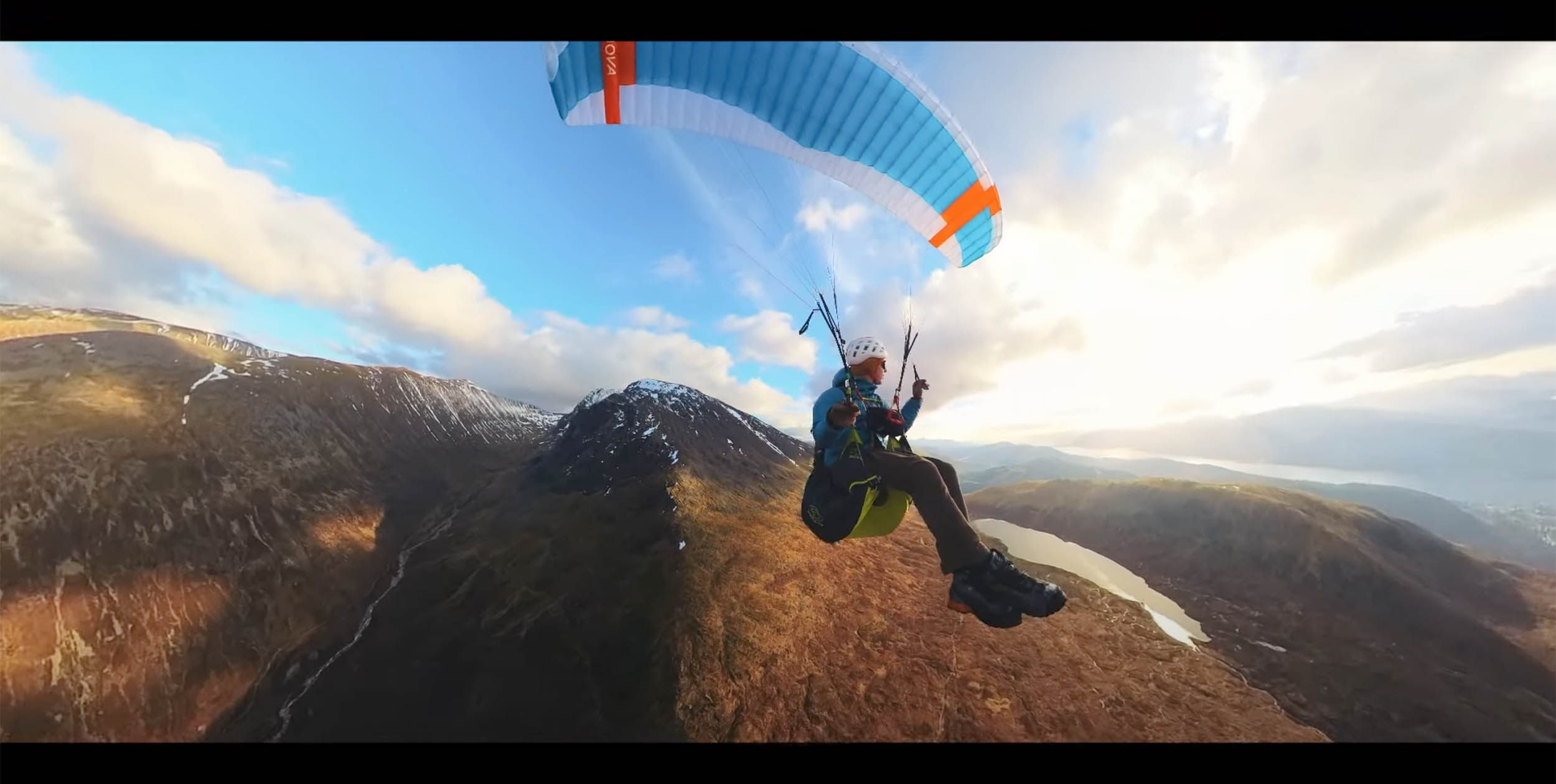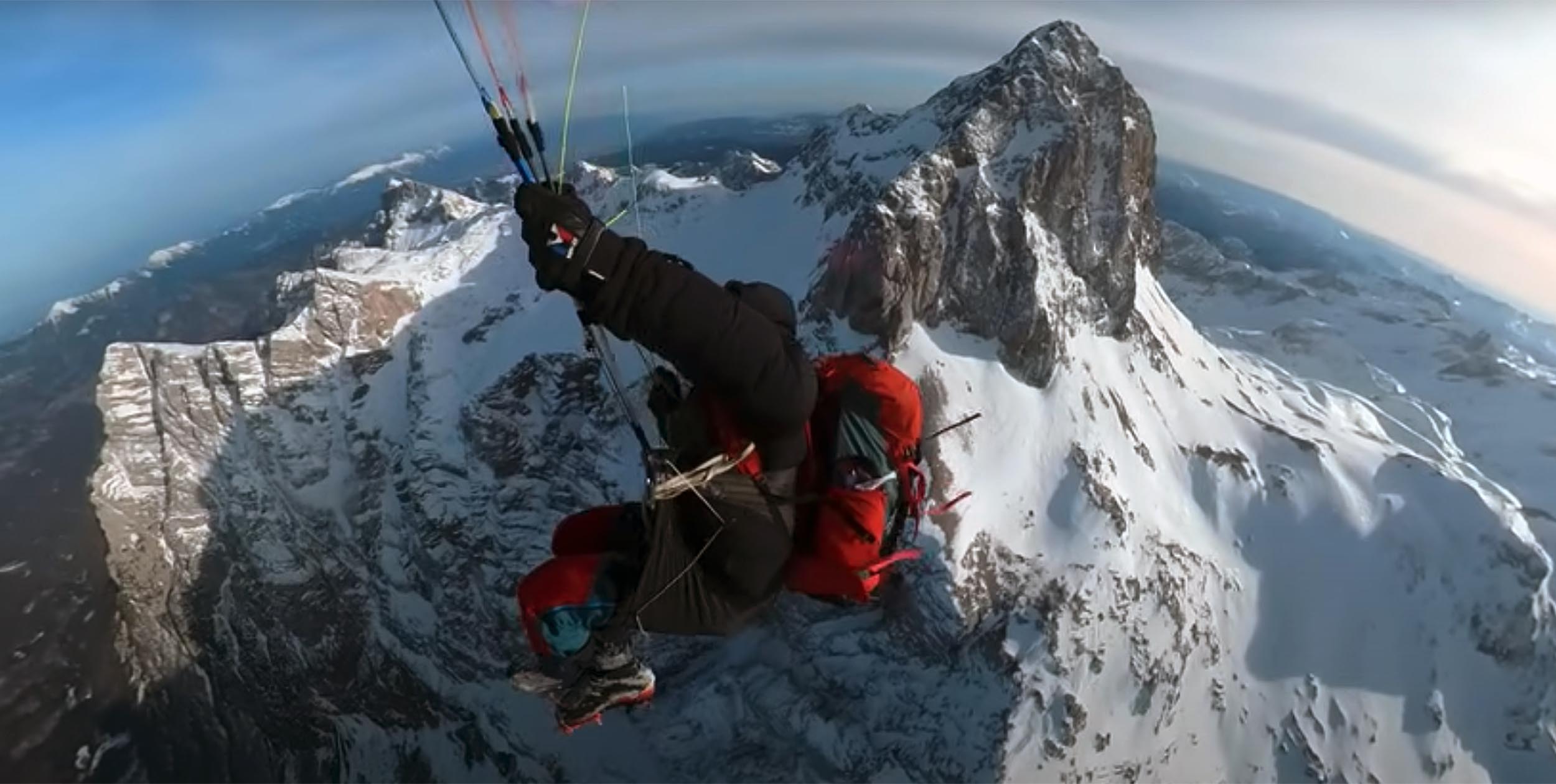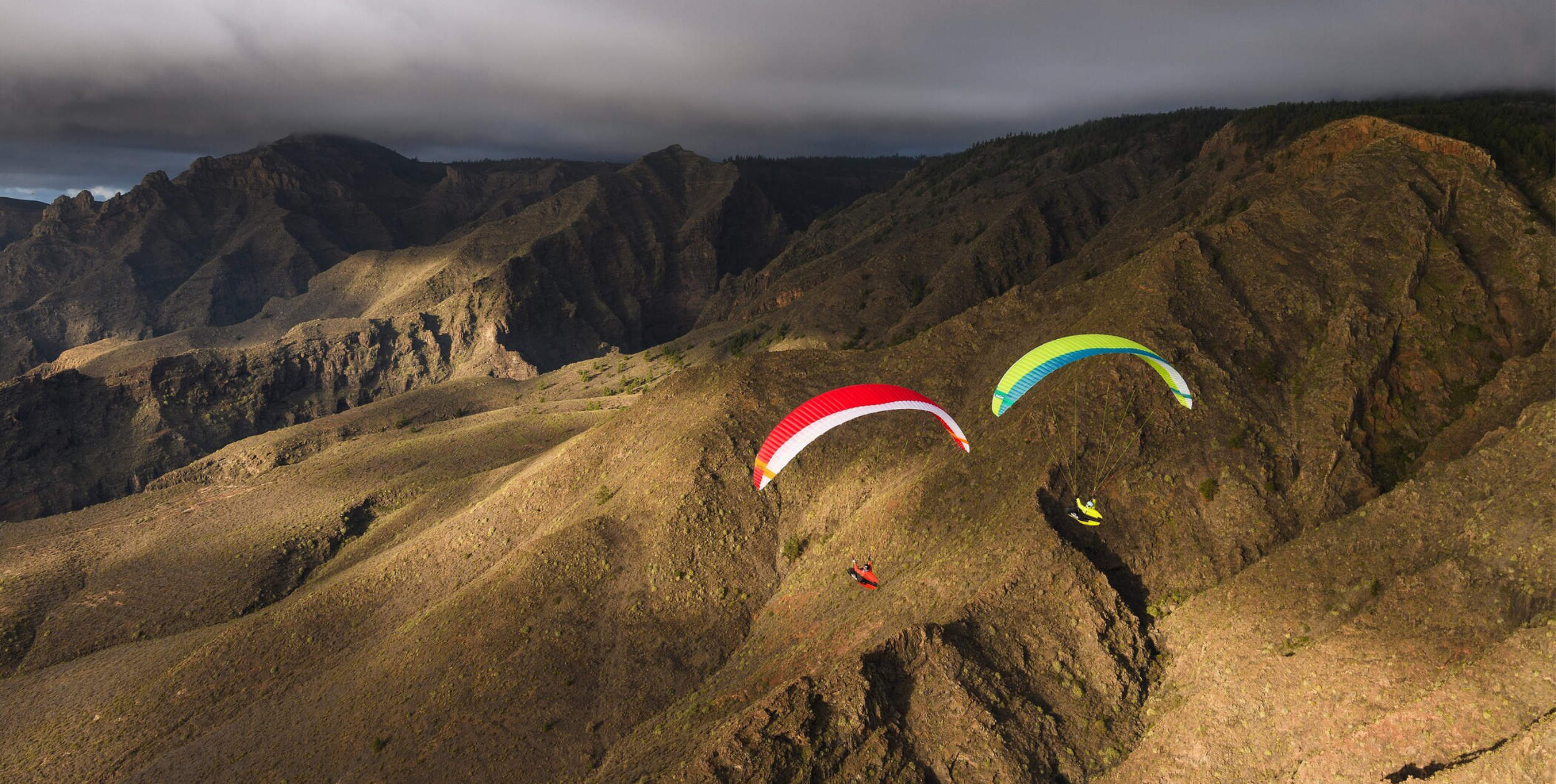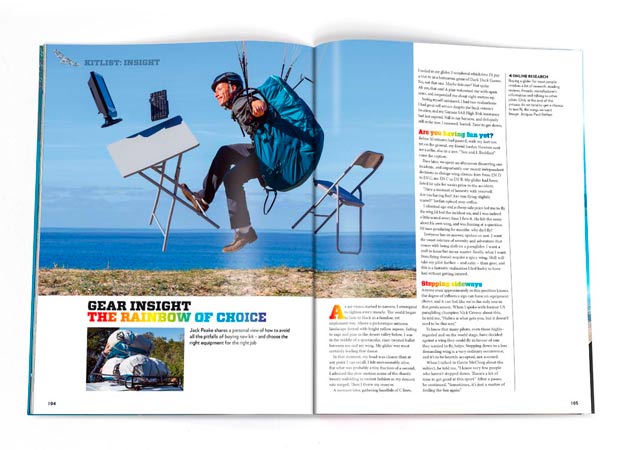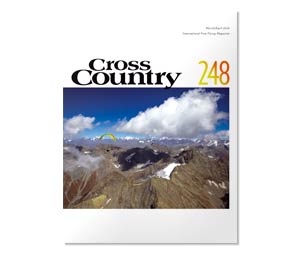Wednesday 1 June: Report by Mark Hayman
We had a task set today and canned it in the air before the start… And we got it fairly spectacularly wrong. Ten minutes after cancelling it the cloudbase rose, the sun came out, the threatening clouds dissipated and the sky generally looked like it was ripe for a world record or two.
Of course all the competitors let us know more or less what they thought about this in the landing field and the safety committee were keeping their heads low and avoiding any unnecessary eye-contact. ‘Bollocks’, I thought, this always bloody happens. So I thought I’d write a little blog to let everyone know how the process works and why it sometimes fails.
In the British Champs we have a flying safety committee and a meet director on the ground. All are in contact via radio on a separate channel to the main comp so we can talk and discuss freely without feeling pressure from other competitors and so everybody doesn’t have to listen to us all day.
We are far from the free and easy system employed by many nations where all pilots use just one radio channel and all are free to say if they’re not happy about things because we’ve found, in practice, that the lower level pilots are always intimidated and so don’t want to say they are worried. This means only the ‘superstars’ get to say the conditions are too strong or dangerous and, of course, their comfort level is often far above the average person. In addition there is the ‘open channel’ that any pilot can radio on and the meet director then radios these concerns to the safety committee so we can discuss them. This sometimes happens when conditions are radically different along the course and it so happens that none of us are in that particular section.
So much for the flying setup.
On the ground we all meet up at the morning briefing then discuss weather, and in particular any conditions that may affect safety. We then get on a special committee bus and discuss possible tasks on the way to take off. Once we’re there we get ten minutes to set up our own kit before being called to a meeting by Calvo, the meet head, to discuss tasks and any potential problems. The task is then set by the task committee and approved or modified by the safety committee which I nominally head. I’m looking for turnpoints that may cause trouble because they are on top of mountains and might be in cloud, u-turns in the course near the start giving possible collision problems, unlandable valleys, weather issues and if the task is suitable for the weather we have, rather than the weather we are hoping for, and a whole host of other things picked up over many thousands of hours of task flying. The skill is to see the problems before they happen and not react to them afterwards.
Often these meetings are ‘lively’ and there’s much dissent, discussion and disagreement between different people but I’m proud to say that I think we rarely get it wrong in the British Champs and the success of the series is, in part, a reflection of this philosophy of setting achievable tasks that are accessible to most pilots. It’s true that we don’t often do very adventurous stuff but then we don’t scare people too often either unlike, for example, the Italians or Spanish who set huge scary tasks and never, ever stop them, come rain, high water or tornados. Different horses for different courses…
Once we’re all in agreement the task is set and a briefing called and the task gets underway.
As soon as we are in the air the meet director, Calvo, radios us every 15 minutes for condition reports. We use the standard one, two, three system meaning one for good conditions, two for strong or becoming too strong and three for dangerous or potentially dangerous. If we are all chirping away with ‘Conditions one’ then everyone is happy and the task proceeds as planned. We keep this up for the entire task, sometimes adding information for the benefit of the meet director. It’s quite busy and everybody is trying to fly their own task as well but using this system the meet director effectively gets ten points of view in the air rather than just one on the ground.
If things start to get a little spicy then this normally starts with one of the safety/task committee giving a ‘Condition two’ and a reason. For example, ‘Condition two because of growing congestus cloud to the south’. Normally Calvo will then ask for more opinions and we chat about it a bit on the radio. Often one of us will be in a different position on the course with a better view of, for example, the tops of clouds and we can say that they are not as big as they look and all is well. Quite often there will be a windy section of the course and, again, with a few of us flying another member of the committee might say that the wind is only local to that area so it’s nothing to worry about. Usually the task carries on.
Then we have the tough calls.
If everybody is getting a bit concerned normally somebody, sooner or later, calls a ‘Condition three’ – dangerous or potentially dangerous. This is normally wind or thunderstorms – the two big paraglider problems. At this point Calvo asks for more information or input. Sometimes we discuss things and decide to wait five minutes and then re-assess. Sometimes all are in agreement and sometimes there’s a flying vote to decide what happens. It’s a lot of radio work and not so easy when you’re trying to hold your own glider together in bouncy air but it’s important for other competitors to know how much discussion is happening on their behalf.
So what happened today? The forecast was bad – rain and thunderstorms by 2pm. The conditions looked better at takeoff and we specifically got away early. Fifteen minutes before the start everyone was happy but keeping an eye on big congestus to the south about 20km away.
With ten minutes to go everything started to lift, many pilots were in cloud and pretty much the whole safety committee were giving level two for a variety of reasons – pilot congestion, cloud flying, growing cumulonimbus to the south, rapidly lowering cloudbase and widespread lift. The stuff we all know about but it’s a lot sharper trying to make the call when the safety of 150 people in part depends upon it.
With five minutes to go the first turnpoint was firmly in cloud, which was 300 metres below the level of cloudbase at the start. In addition we had a lowering cloudbase and strong widespread lift at the start and the first signs of ice formation at the top of a growing cumulonimbus 20km away. This, coupled with the poor forecast, led us to make a very, very marginal call to stop the task before everybody got on course and potentially ended up on a high ridge that was in cloud and possible strong wind. But it was marginal and a tough call where nobody could tell the future. All we had to work on were the conditions now and the forecast – which turned out to be wrong.
Gliding down the valley to land after the task was stopped, and bugger me if the bloody clouds didn’t all dissipate and the sun come out again. The lowering cloudbase around launch shot back up 400 metres to its normal place again and the turnpoint that was in cloud was now in glorious sunshine. There was a lot of groaning between us as we realised we’d made a wrong call and a not-insubstaintial amount of complaints from othe competitors in the goal field…
BUT – let’s look at a very plausible scenario that may have happened.
Three minutes after Calvo would have stopped the task the lowering cloudbase at the start cylinder gets worse and cloud begins to form below pilots. Quickly 20 or so are lost in cloud and reporting going up at a steady two to three metres a second. The rest of the field, running for the first turnpoint, bash into a wall of wind from the cu nimb we’d seen down the valley and a few throw reserves. Some end up in trees. The rest try to take the turnpoint but can’t get the cylinder because it’s in cloud. Some try, one gets lost in the cloud and hits the hill. By now the cloud over take off is over 4,000m high and growing rapidly. The sky is exploding and a few pilots are still in cloud. The forecast was right.
People are screaming on the radio ‘Level three, Level three’ and finally the task is stopped. Later in the bar the committee are widely slagged off and sworn at for NOT stopping the task. Several pilots are in trees, one is in hospital and two are missing having been sucked up over the start. Things are bad and pilots are berating any members of the safety committee stupid enough to put their heads above the parapet.
It can go both ways and it’s why we get it wrong from time to time. But by getting it wrong in the safe direction we don’t tend to get it wrong in the dangerous one. If only we had a machine to see into the future!
Re-reading this I have no idea why anybody ever volunteers for the safety and task Committees. It’s exhausted me just looking at it… 🙂
Cheers, Mark

